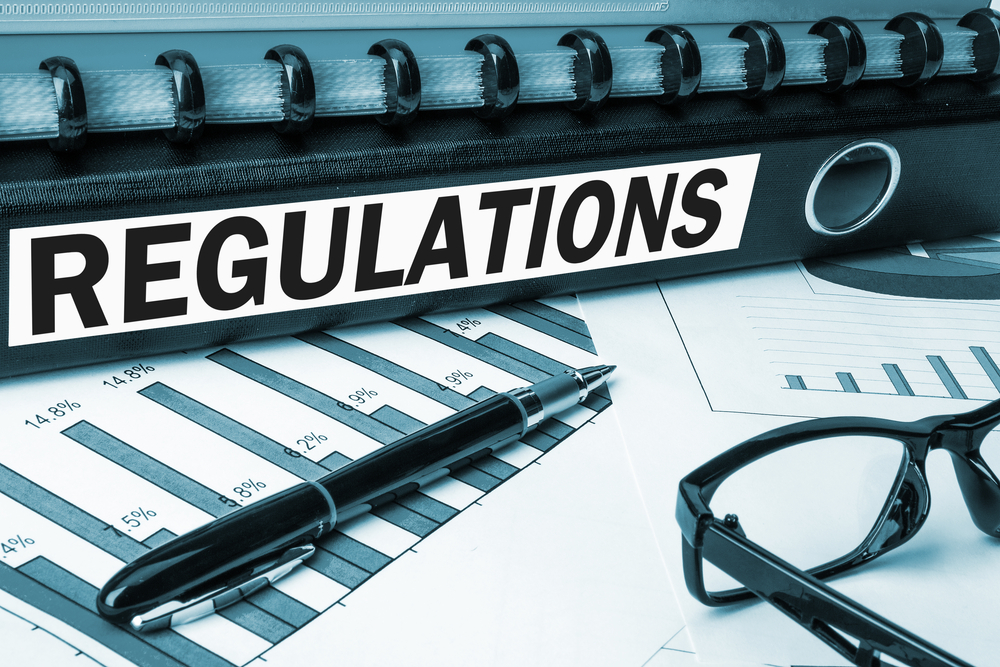
Table of Contents
At the January 26, 2022, SEC Open Meeting, the Commission voted 3 to 1 to:
- Propose amendments to Exchange Act Rule 3b-16 (the definition of “Exchange”);
- Re-propose a modified Regulation ATS for ATSs that Trade U.S. Government Securities (with some other Reg ATS amendments throw in); and
- Re-propose changes to Regulation SCI for ATSs that trade U.S. Treasury and Agency Securities
Weighing in at a whopping 654 pages, with 224 requests for feedback (many of which are multi-part), the proposal also has a 30-day comment period. To be fair, as Chair Gensler pointed out, the Federal Register is apparently on a six-to-eight week backlog, so interested parties can begin planning their responses now, well in advance of when the 30-day clock will start to tick on publication.
A Defining Exchange
At a very high level, the proposal advances the idea of changing the definition of “exchange” to include “systems that offer the use of non-firm trading interest and communication protocols to bring together buyers and sellers of securities.” Specifically, under proposed amendments to Exchange Act Rule 3b-16(a), the definition of exchange would include “Communication Protocol Systems” (CPSs):
…that make available for trading any type of security, including, among others, government securities, corporate bonds, municipal securities, NMS stocks, equity securities that are not NMS stocks, private restricted securities, repurchase agreements and reverse repurchase agreements, foreign sovereign debt, and options.
In its discussion, the SEC also notes that there are no exemptions due to how “thinly traded or novel a security may be” (emphasis added). It is apparent that this is yet another shot across the bow for crypto exchanges and fixed-income trading systems: If you are trading what the SEC considers to be a security, they expect you to register as an exchange or an ATS (whether or not this proposal goes through final approval).
The SEC lists several examples of CPSs, including Request for Quote (RFQ) systems, conditional order systems, “stream axes” (whether IOI or firm, negotiated or auto-ex), and even negotiated orders initiated via OMS/EMS scraping systems. However, the Commission also reiterated that the functions of a traditional broker-dealer would not be swept into the definition of an exchange, listing several examples in Footnote 72, i.e.,
…systems that route orders to a national securities exchange, a market operated by a national securities association, a broker-dealer for execution, or systems that allow persons to enter orders for execution against the bids and offers of a single dealer if certain additional conditions are met.
The SEC is also proposing an additional exemption for issuers to sell their own securities to investors. Further, the SEC clarified general connectivity for communication without protocols, such as chat providers, would not necessarily fall within the scope of the definition.
At its core, this change in definition is intended to close a “loophole” that has existed since 1998. By excluding non-firm orders from the definition of exchange, the SEC allowed for a tremendous amount of wiggle room in defining exactly what was considered “firm.” If approved, this amendment will close that door rather, shall we say, firmly.
Expanding ATS and SCI
The proposal also looks to repropose the expansion of Regulation ATS to define as “Government Securities ATSs” those ATSs that trade government securities or repurchase and reverse repurchase agreements on government securities. The definition for a Government Security ATS will follow the definition of ATS, which, of course, would now bring CPSs that handle these securities into scope. The Commission notes that firms that might want to trade both NMS stocks as well as government securities would have to file separate Form ATS-N for each system (and if trading non-government securities, such as corporate debt securities, potentially a separate Form ATS for that trading).
The new rule would also require Government Securities ATSs that meet certain volume thresholds to comply with the Fair Access Rule with respect to trading in U.S. Treasury Securities and Agency Securities (as defined in the Rule). If such a firm hits 3% of the U.S. Treasury Securities market (based on volume reported to TRACE) in four of the prior six months, then the Fair Access Rule will be applied to that ATS. For Agency Securities, the threshold for the Fair Access Rule to apply is 5%. Greenwich MarketView provides detailed volume figures for the key government securities platforms over time.
Regulation SCI will also be expanded under the proposal to include Government Securities ATSs that hit 5% or more of the average weekly dollar volume traded in U.S. Treasury Securities or 5% or more of the average daily dollar volume traded in Agency Securities in four of the previous six months.
A Whopper of a Filing
As noted above, this is a massive endeavor by the SEC, preceded by a September 2020 proposal, which itself had significant industry feedback. The scope of this proposal is somewhat astonishing and gives a lot of insight into the ambition of the Gensler administration. As we said in our recent Greenwich Report Top Market Structure Trends to Watch in 2022, the SEC is a trend all its own this year.

